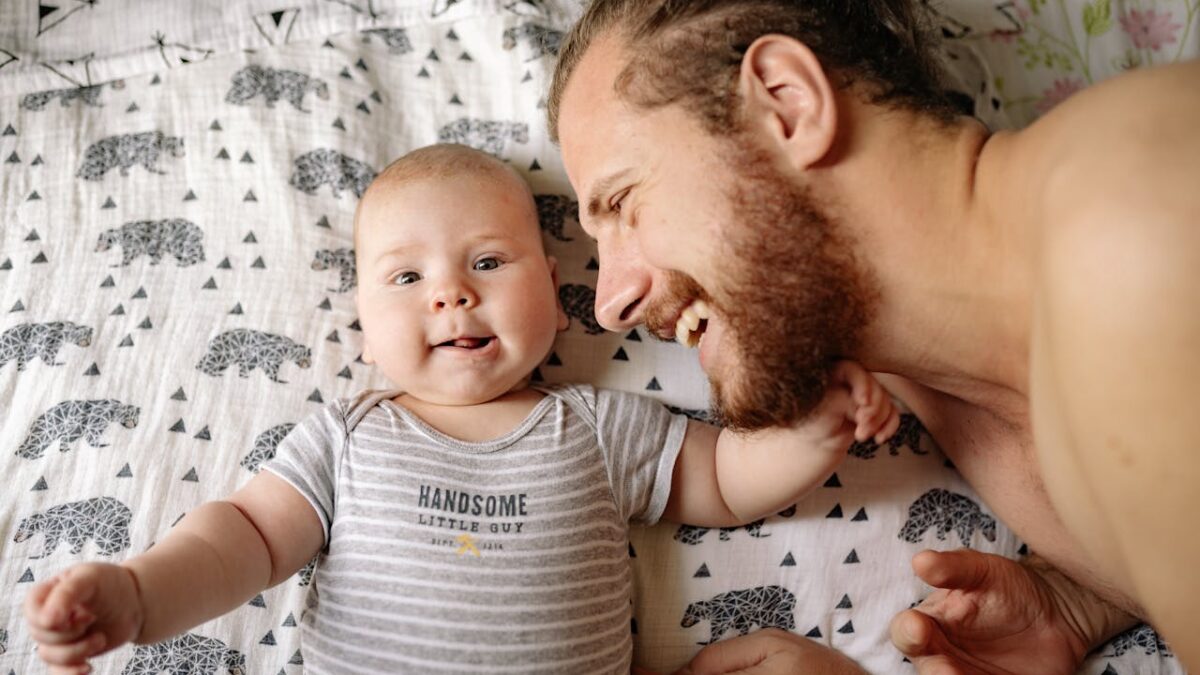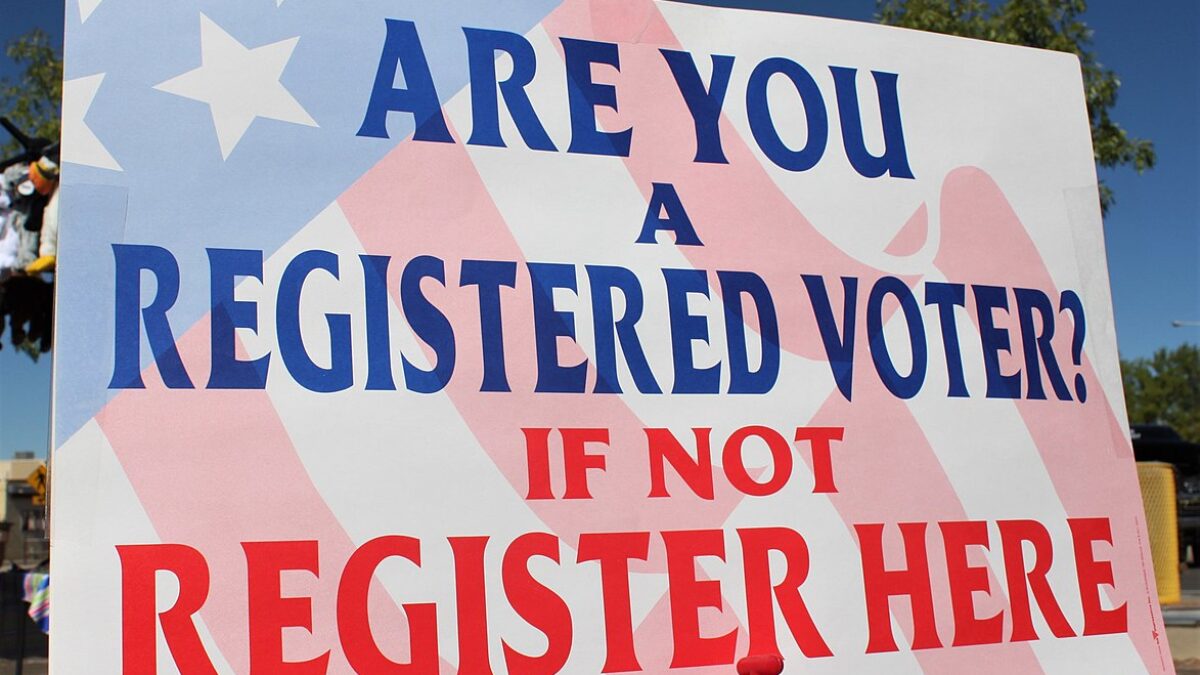
Polyamory recently received two glowing write-ups in one of the world’s most influential newspapers: The New York Times. Two, eight days apart. Few can purchase the kind of puff.
Polyamory is a wholly recent concept, the name chosen to communicate a person’s orientation for “many loves.” It is different than polygamy, which is technically polygyny, one man, many wives. Polyandry, one wife with many husbands, is nearly non-existent in human experience and thus, evidence that there are indeed distinct binary male/female natures that remain generally constant across cultures.
Polyamorists are those of any number or sexuality involved in a shared sexual, romantic, or domestic relationship. It’s essentially group “love,” and the group usually mutates in number and form. Poly homes often include children being raised by the adult collective.
2020 has been Poly Summer if there ever was one. Polyamorous advocates wrapped up their 15th annual convention in February just before the COVID shutdown. It’s always held in Philly, the City of Brotherly Love. Get it? And that was merely the biggest of the 35 different poly conferences, gatherings, camps, and retreats scheduled for 2020.
At the end of June, the quaint Massachusetts town of Somerville, just over the Charles River from Boston, became the first municipality in the United States to legally recognize polyamorous relationships. This after legal scholars make the case for polyamory as a bona fide sexual orientation. There’s even a Consensual Non-monogamy (CNM) Task Force of the American Psychological Association that advocates for polyamory inclusion.
The first of the two recent New York Times polyamory-celebrating articles was a wholly sympathetic look at poly-parenting. It warns that not embracing such families can do their members great harm, claiming research to this effect. This is false. I know this literature well, and not one bit of reputable research exists on any consequences of not giving the poly family two thumbs up. It just doesn’t.
The only negative the Times even hints at is these relationships’ inherent instability, but the Times dismisses it with the same happy-talk Ph.D.’d talking heads generated in the 1970s at the dawn of the divorce revolution. They quote Dr. Elisabeth Sheff, author of “The Polyamorist Next Door,” who holds that “generally speaking, kids are resilient to loss — and most children experience a lot of it growing up.”
This is precisely wrong as well. If the divorce revolution taught us anything, it’s that kids don’t just get over such things. It is well documented that they carry the dissolution of their family with nearly crushing weight, well into adulthood.
The Times insisted there are indeed benefits to polyamorous families and did it cleanly in this single sentence: “The nonmonogamous families interviewed cited the many benefits of co-parenting.” Or said another way, the people advocating these families say they’re great. The biggest benefits, according to these few families were, “More parents mean more time, more love, more experience, more finances and, best of all, more sleep…”
Next they actually dump on kids from two-parent families, describing them as literally “bereft” because, as Sheff explained, “The [poly-parented] kids come home and they’re like, ‘Oh, my poor friend, they only have two parents.”
The Time’s second fluff piece, “The Poly-Parent Households Are Coming,” is a wholly celebratory commentary on the poly family and a very disturbing development in the world of artificial reproduction: I.V.G., or in vitro gametogenesis. While not yet possible with humans, I.V.G. could allow any configuration of people to become the biological parents of a child, regardless of their sex.
Three, five, eight women could produce a child who is the biological offspring of each, all without need of a male sperm donor. It’s a process that could conceivably turn the slightest skin cell of any man or woman into either a sperm or egg cell carrying that person’s DNA. Thus, human reproduction would be able to take place, not only outside the loving, intimate sexual love of a husband and wife, but outside the need for a male or female at all.
The Times celebrates this without reserve, noting the “bigger revolution of I.V.G. is to dismantle completely the reproductive structure of heterosexuality.” The Times commentary gets it precisely right, adding, “once we no longer need the traditional family structure to create children, our need for that traditional family is likely to fade as well.”
But they also get this precisely wrong in their astonishing hubris. The traditional family of a husband and wife raising their own biological or adoptive children with the encircling help and support of extended family is not the norm because of a lack of other creative options. It exists, and endures, because no society has ever found a better family form for raising its essential next generation of healthy, happy, well-educated, hard-working, and law-abiding citizens. And it certainly hasn’t been for want of trying. History is replete with its tries and failures.
So no, the poly family is not a good, hopeful, healthy ideal. None of the new family forms we are seeing are, and any honest, detailed look at the massive research literature on the matter makes this clear.









